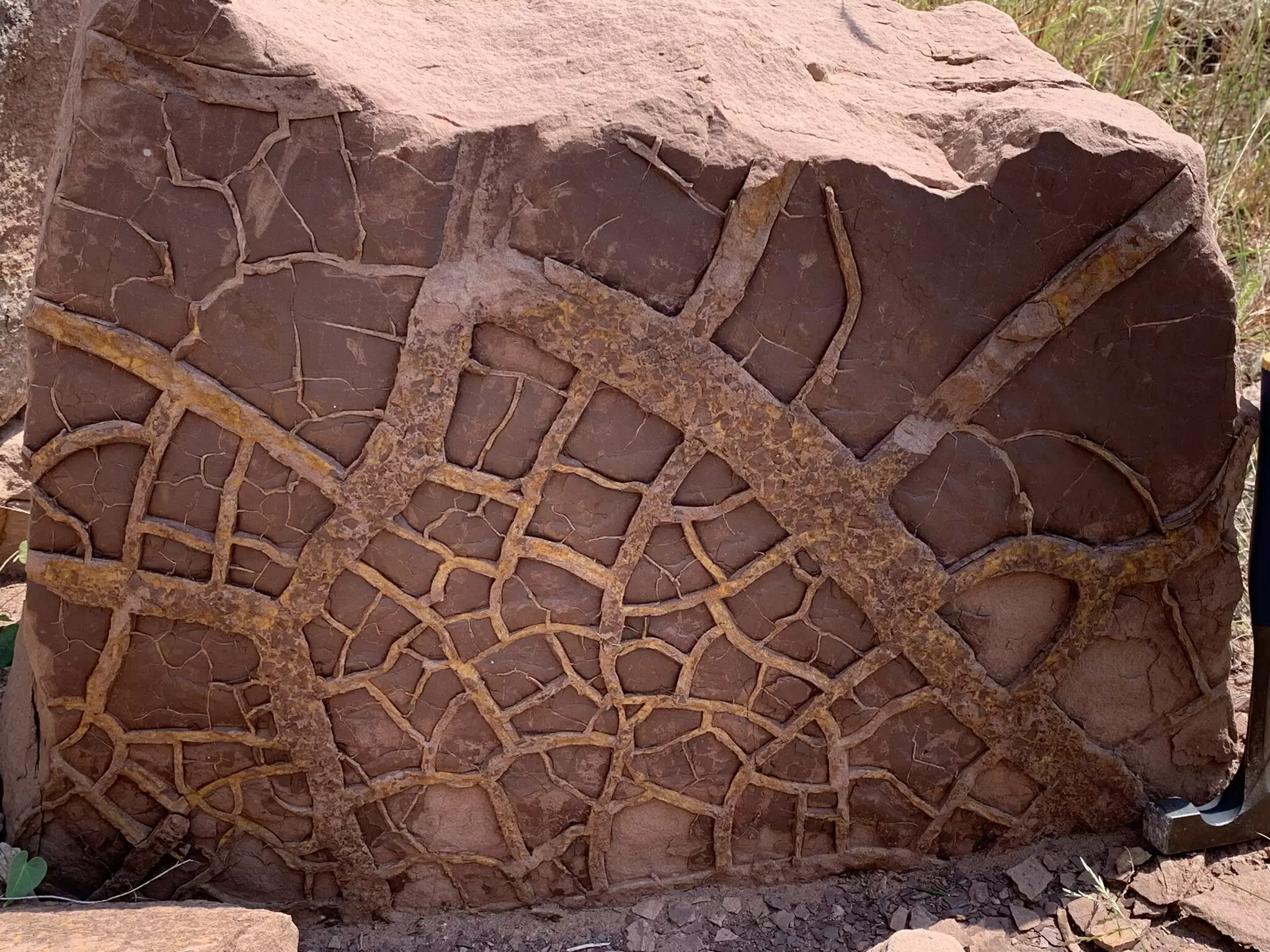The Permian-Triassic mass extinction event, occurring approximately 252 million years ago, is recognized as the most catastrophic extinction episode in Earth’s history. New research offers a deeper understanding of the mechanisms behind this ecological disaster, linking it to a series of extreme climatic shifts driven by unprecedented Mega El Niño events. This article explores the implications of these findings, how they relate to current climate change trends, and their importance in understanding life’s resilience amid cataclysmic challenges.
Recent studies, particularly those led by institutions such as the University of Bristol and China University of Geosciences (Wuhan), have significantly advanced our grasp of the Permian-Triassic extinction. While volcanic activity in present-day Siberia has traditionally been attributed to the rampant carbon dioxide emissions that set the stage for this disaster, researchers have highlighted that these emissions initiated a sequence of extreme climatic conditions. Increased greenhouse gas concentrations not only raised global temperatures but also amplified climate variability, leading to a tumultuous environment unfit for most life forms.
The concept of Mega El Niño events accentuates the unprecedented scope of climate disruption during this period. Such phenomena are characterized by prolonged climatic anomalies, causing extreme fluctuations in weather patterns that have dire consequences for biodiversity. Dr. Alexander Farnsworth, a senior researcher involved in the study, emphasizes that while modern species can migrate towards more hospitable climates as temperatures rise, the rapid and erratic nature of the climatic changes during the Permian-Triassic epoch ensnared many species in an unsustainable situation. The core issue wasn’t just rising temperatures, but rather the relentless and unpredictable climatic swings that proved too drastic for most organisms to adapt.
The significance of the research lies in its implications for our understanding of the overall ecosystem dynamics at that time. Fossilized remains of conodonts—a group of extinct marine animals—were scrutinized to paint a clearer picture of ancient temperature shifts. The analysis revealed that warm conditions permeated most parts of the planet, obliterating the established temperature gradients that are fundamental to sustaining diverse ecosystems.
The research team posited that the prolonged duration of these Mega El Niño events—lasting years or even decades—created a relentless environment of drought and flooding, which devastated not only terrestrial life but would also lead to widespread marine stagnation. Paul Wignall, one of the study’s co-authors, highlighted how the prolonged duration of these climatic extremes resulted in widespread wildfires, exacerbating the already precarious situation for flora and fauna alike.
Additionally, as plants and vegetation struggled to survive the rapid climatic fluctuations, the ecosystem as a whole faced the intricate challenge of collapsing food webs and vital carbon dioxide absorption processes. The extinction of plants removed the very foundation of terrestrial life, leading to further atmospheric CO2 build-up and compounding the environmental crisis.
These alarming findings are particularly relevant today as the world grapples with the escalating consequences of climate change. Similar to the catastrophic events of the Permian-Triassic period, recent years have seen increasingly erratic weather patterns attributed to climate anomalies. For instance, the recent El Niño has exacerbated heatwaves, droughts, and wildfires globally, echoing the patterns of climate stress exhibited during the mass extinction.
Understanding the lessons from the past can provide vital clues for modern conservation efforts. The inability of species to adapt quickly enough to dramatic and rapid shifts in their environments is a significant takeaway. As global temperatures continue to rise and extreme weather becomes more commonplace, the resilience and adaptability of current species face unprecedented challenges. The knowledge that past ecological collapses were precipitated by extended climatic disturbances presents a clear warning sign for the future of biodiversity.
While the Permian-Triassic mass extinction was undeniably tragic, it also reshaped the trajectory of life on Earth. The aftermath led to the rise of new species, including the dinosaurs, which would dominate for millions of years thereafter. The current discourse around mass extinctions brings forth a critical understanding that while such events inevitably reset the rhythms of life, they also pave the way for new evolutionary pathways.
Dr. Farnsworth encapsulates this sentiment by suggesting that these destructive cycles, while disheartening, are intrinsic to the natural progression and evolution of life itself. As society confronts the current climate crisis, recognizing the duality of extinction and evolution can help frame our approach towards sustainability and biodiversity conservation, emphasizing the importance of adaptability and resilience in the face of adversity.
The revelations regarding the impact of Mega El Niño events during the Permian-Triassic mass extinction not only deepen our understanding of Earth’s history but also serve as a clarion call for immediate action on climate change to avert a modern-day ecological crisis.


Leave a Reply